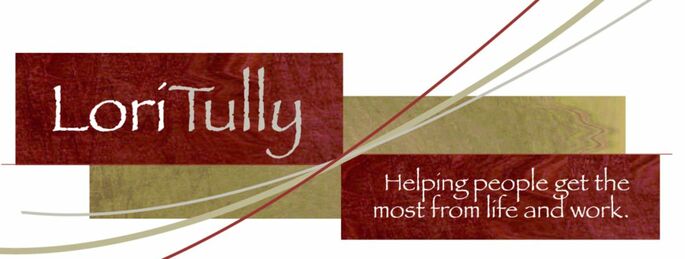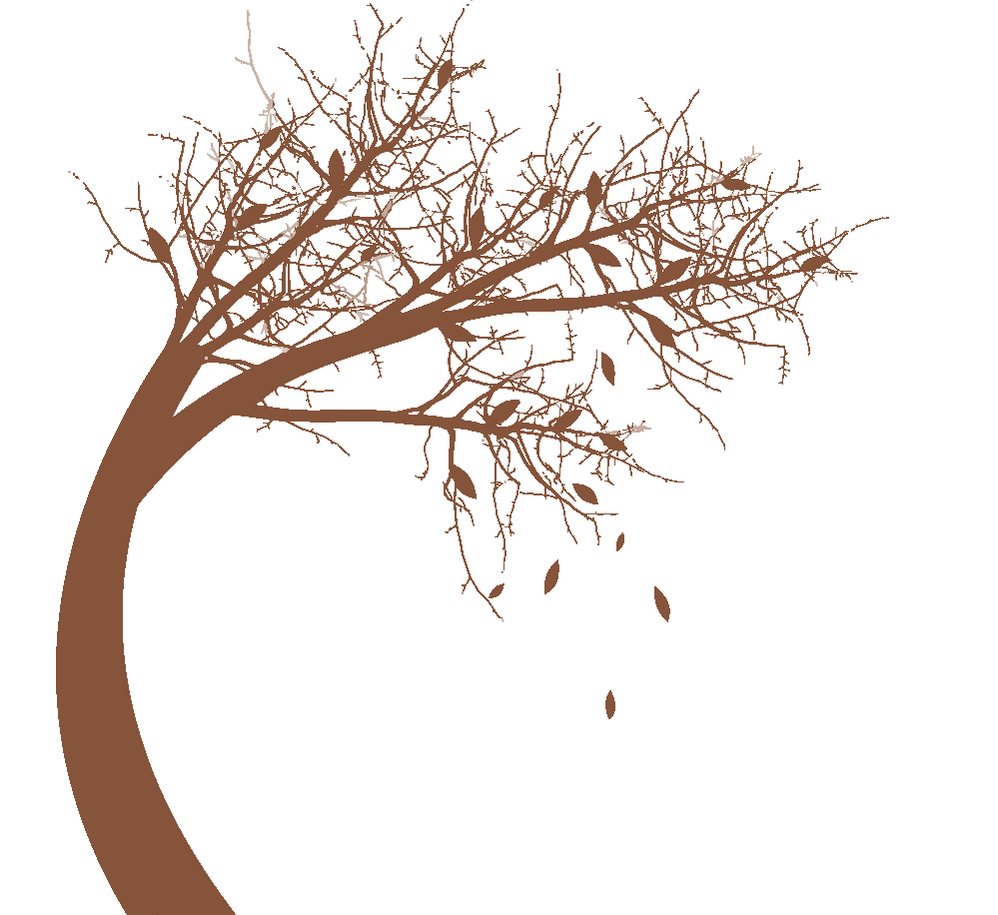Invite them In
Social distancing. We have been ordered to keep a safe distance apart during this global pandemic. Avoidance can help us stay healthy, and it may spare others around us from becoming sick. The Coronavirus is, after all, a most unwelcome guest.
Emotions Submerged
But what about the costs and benefits of emotional distancing? Avoiding our emotions may keep us free, at least in the short term, from the pain and discomfort that comes from facing them directly. Typically we’re surrounded by distractions designed for exactly this purpose--to consume our time and attention while keeping difficult emotions and unpleasant realities out of sight and out of mind.
Pushing aside our feelings can temporarily calm conflicts with others, as well. Like trying to hold a beach ball underwater, however, not voicing our anger, worry or disappointments in relationships is usually only a temporary fix. The emotions will inevitably pop up again, unexpected and full of energy, in another time and place.
Visitors from Beyond
In his poem “The Guest House” the 13th century Persian poet Rumi encourages us to invite our emotions into our awareness, to address them, and to trust we can learn from them. He urges us to risk opening ourselves to all of our feelings, both pleasant and difficult.
“Welcome and entertain them all!” Rumi writes. “Even if they are a crowd of sorrows, who violently sweep your house empty of its furniture, still, treat each guest honorably. He may be clearing you out for some new delight.”
This practice requires courage and patience. It requires digging deep, opening fully, and as we say in counseling, “trusting the process”.
Clouds, Thunder and Enlightening
A wise counselor once coached me to develop relationships with each of my emotions. He compared uncomfortable emotions to storms—ones that gather energy, grow increasingly powerful, even frightening-- and then eventually subside.
I practice this attitude of acceptance by conjuring up images from childhood summers spent on lakes in Maine. A sunny summer afternoon suddenly interrupted by clouds. Winds whipping the leaves, then flashes of lightning, and thunder. Sheets of rain dramatically sweeping across the lake as we huddled on a porch or in a neighboring camp.
If you share my love of the outdoors then you can recall similar storms—how fresh the air smelled after the rain passed, and the sight of the steam rising from the warm, wet earth.
Learning to Dance in the Rain
At the “head level” we know that life’s sunny days can only be fully enjoyed when we can better accept and even relish the rainy ones.
With intention, practice, and time we can learn to relate to our emotions like summer storms. As Rumi reminds us, we can “be grateful for whoever comes, because each has been sent as a guide from beyond.” We can learn to dance in the rain.
Social distancing. We have been ordered to keep a safe distance apart during this global pandemic. Avoidance can help us stay healthy, and it may spare others around us from becoming sick. The Coronavirus is, after all, a most unwelcome guest.
Emotions Submerged
But what about the costs and benefits of emotional distancing? Avoiding our emotions may keep us free, at least in the short term, from the pain and discomfort that comes from facing them directly. Typically we’re surrounded by distractions designed for exactly this purpose--to consume our time and attention while keeping difficult emotions and unpleasant realities out of sight and out of mind.
Pushing aside our feelings can temporarily calm conflicts with others, as well. Like trying to hold a beach ball underwater, however, not voicing our anger, worry or disappointments in relationships is usually only a temporary fix. The emotions will inevitably pop up again, unexpected and full of energy, in another time and place.
Visitors from Beyond
In his poem “The Guest House” the 13th century Persian poet Rumi encourages us to invite our emotions into our awareness, to address them, and to trust we can learn from them. He urges us to risk opening ourselves to all of our feelings, both pleasant and difficult.
“Welcome and entertain them all!” Rumi writes. “Even if they are a crowd of sorrows, who violently sweep your house empty of its furniture, still, treat each guest honorably. He may be clearing you out for some new delight.”
This practice requires courage and patience. It requires digging deep, opening fully, and as we say in counseling, “trusting the process”.
Clouds, Thunder and Enlightening
A wise counselor once coached me to develop relationships with each of my emotions. He compared uncomfortable emotions to storms—ones that gather energy, grow increasingly powerful, even frightening-- and then eventually subside.
I practice this attitude of acceptance by conjuring up images from childhood summers spent on lakes in Maine. A sunny summer afternoon suddenly interrupted by clouds. Winds whipping the leaves, then flashes of lightning, and thunder. Sheets of rain dramatically sweeping across the lake as we huddled on a porch or in a neighboring camp.
If you share my love of the outdoors then you can recall similar storms—how fresh the air smelled after the rain passed, and the sight of the steam rising from the warm, wet earth.
Learning to Dance in the Rain
At the “head level” we know that life’s sunny days can only be fully enjoyed when we can better accept and even relish the rainy ones.
With intention, practice, and time we can learn to relate to our emotions like summer storms. As Rumi reminds us, we can “be grateful for whoever comes, because each has been sent as a guide from beyond.” We can learn to dance in the rain.



